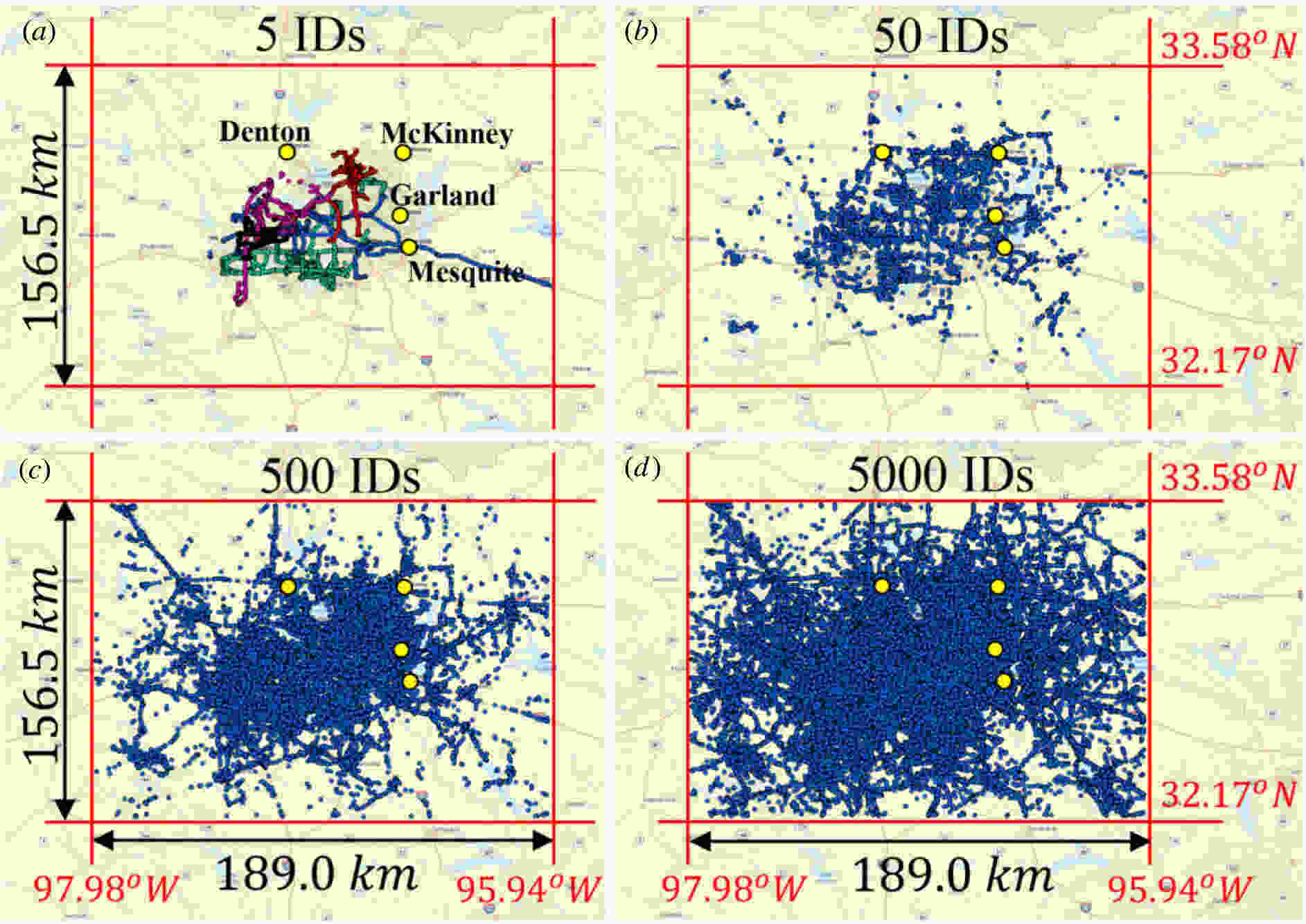SMU prof Makris measures cell phone data from winter snowstorms that shows Dallas is resilient

From hurricanes in Houston to winter storms in Dallas, natural disasters can wreak havoc on a city. In any of these situations, policymakers, governing bodies, and aid programs need to know how to measure resilience – the length of time it will take a city to bounce back.
An SMU research team led by engineering professor Nicos Makris measured Dallas’s resilience by looking at anonymous cell phone data among residents in the Dallas metroplex before, during, and after the February 2021 North American winter storm. Their conclusion: Dallas recovered almost immediately after the winter storm ended, indicating Dallas exhibits a great degree of resilience.
“Despite millions of people losing power and water, forcing many to leave their homes immediately after the end of the storm, the city of Dallas reverted back to its pre-event response, showing that the city of Dallas has a great deal of resilience,” Makris said. “Citizens are very resilient individuals. They found ways to revert back.”
Measuring a city’s resilience is important for planning responses to future events and revealing potential vulnerabilities. The applications for this research extend far beyond Dallas, as United Nations data reveal that more than half of the world’s population currently lives in cities - a number expected to grow to nearly 70 percent by 2050.
Cities serve as global economic and cultural centers, but cities also tend to be in coastal areas and along fault lines, making them prone to acts of nature. This is compounded by climate change, which can enhance the strength or frequency of some of these natural hazards.
The Dallas study was completed by Makris, Addy Family Centennial Professor in Civil Engineering in SMU’s Lyle School of Engineering, along with SMU’s Gholamreza Moghimi, Eric Godat, and Tue Vu. Moghimi is a postdoctoral research fellow at SMU, while Godat is the team leader for research and data science in SMU’s Office of Information Technology (OIT). Vu also works in SMU’s OIT as an AI & ML Research Scientist.
The Dallas results reinforce Makris’ studies of Houston cell phone data after the winter storm as well as data from Hurricanes Harvey (2017) and Irma (2017). Even after the major flooding due to Hurricane Harvey, Houston residents went back to their normal patterns almost immediately after the emergency was over.

 How to resolve AdBlock issue?
How to resolve AdBlock issue?